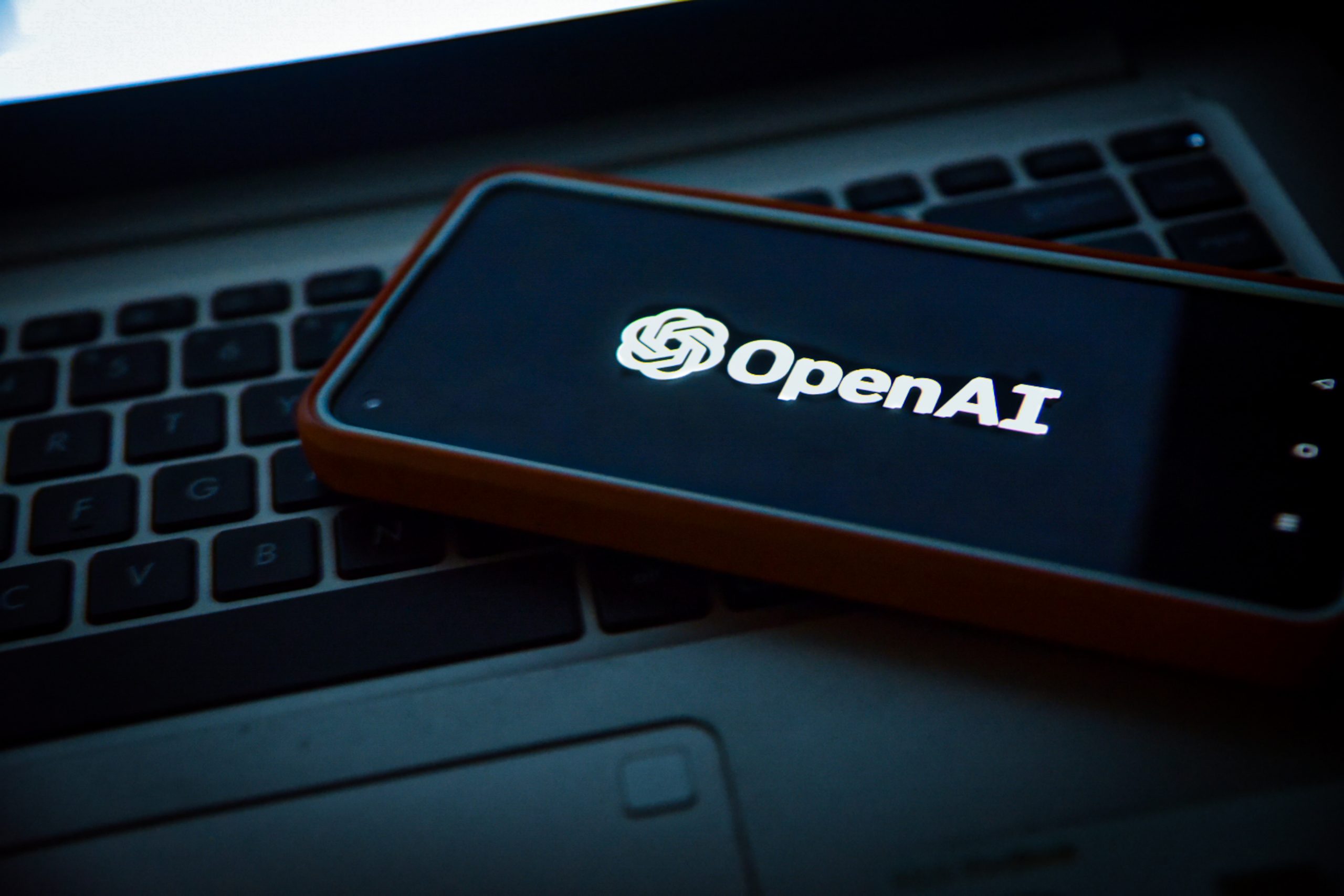Integrating OpenAI API into Your Project
In this tutorial, we will guide you through the process of integrating the OpenAI API into your project. We will cover everything from installing the necessary package to making your first API call. Let's get started!
Step 1: Install the OpenAI Package
First, ensure that you have already installed the OpenAI package in your project. This is typically done at the beginning of your project setup. If you haven't installed it yet, you can do so using npm:
npm install openaiStep 2: Retrieve Your API Key
Next, you need to obtain your OpenAI API key. To do this, navigate to the OpenAI dashboard and locate the API keys section. Please note the following important points:
- When you generate a new API key, you must copy it immediately. You won't be able to view it again later.
- If you lose the key, you will need to delete it and generate a new one.
For this tutorial, let's assume our API key is GPT_GENIUS.
Step 3: Set Up the API Key in Your Project
Now, add your API key to your project. You should store it in an environment variable for security. Create or update your .env.local file and add the following line:
OPENAI_API_KEY=GPT_GENIUSStep 4: Initialize the OpenAI Client
With the API key set up, you can now initialize the OpenAI client in your project. In your code, import the OpenAI package and create an instance of the client:
import OpenAI from 'openai';
const openai = new OpenAI({
apiKey: process.env.OPENAI_API_KEY,
});Step 5: Making Your First API Call
Now, let's make an API call to generate a chat response. We'll use the Chat Completions API. Here is an example of how to set this up:
const generateChatResponse = async (message) => {
try {
const response = await openai.chat.completions.create({
model: 'gpt-3.5-turbo',
messages: [
{ role: 'system', content: 'You are a helpful assistant.' },
{ role: 'user', content: message }
],
temperature: 0.7,
});
console.log('Response:', response.choices[0].message.content);
console.log('Full Response:', response);
} catch (error) {
console.error('Error generating chat response:', error);
}
};
generateChatResponse('Are you aware of Italy?');Understanding the API Response
When you call the Chat Completions API, you'll receive a response object containing various details. Here's an example of what the response might look like:
{
"id": "cmpl-5f2adxxx",
"object": "chat.completion",
"created": 1622748389,
"model": "gpt-3.5-turbo",
"usage": {
"prompt_tokens": 23,
"completion_tokens": 75,
"total_tokens": 98
},
"choices": [
{
"message": {
"role": "assistant",
"content": "Yes, I'm aware of Italy. It's a country in Southern Europe known for its rich history, art, and cuisine."
},
"finish_reason": "stop",
"index": 0
}
]
}From the response, you can extract the assistant's reply, token usage, and other useful information for your application.
Conclusion
Congratulations! You have successfully integrated the OpenAI API into your project. You can now make API calls to generate chat responses and utilize the powerful capabilities of OpenAI's language models in your application.



Post a Comment
0Comments